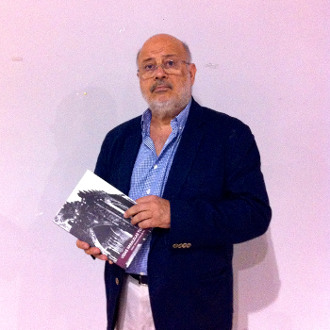Xabier Añoveros, full academician and vice-president of the Governing Board of the Royal European Academy of Doctors-Barcelona 1914 (RAED), will participate as a speaker at the 4th International Act-Congress of Interdisciplinary Research that the Royal Academy is holding in various Mediterranean cities between the 11 and 18 July with a paper entitled “Los archivos secretos del Vaticano” (“The secret archives of the Vatican”), where he addresses the certainties and legends of what is possibly one of the most unknown and fascinating archives in the world.
Without underestimating the great documentary value of the archive, Dr Añoveros considers that the aura of mystery that surrounds it begins with a mistranslation of Latin, since more than “secret” it should be called “private”. Even so, it’s one of the most important historical research centres in the world. It has about 150,000 documents and more than 650 different documentary backgrounds in an extension of up to 85 kilometres of shelves. All this comes to cover more than 12 centuries of history, with several thousand documents still unclassified, so its content and value for history and for the Church itself is unknown.

Dr Xabier Añoveros
After reviewing all the historical avatars of the archive and testifying that nothing of the first centuries of Christianity is preserved, the academician reviews the main documents contained, beginning with the oldest, from the eighth century, and continuing with the continuity observed since 1198. Among the most important and best-known authentic documents, Dr Añoveros highlights the parchment of pope Clement V by which the Order of the Temple was dissolved (August 1308), the documents of the division of Catholicism for more than 30 years (1378 and 1417) in three seats (Rome, Avignon and Pisa), the letter of Pope Innocent VII of 1484 in which he ordered the witch hunt, the request to Pope Sixtus V for the marriage annulment of Henry VIII that gave rise to Anglicanism in 1529, the letter handwritten by Michelangelo to the Bishop of Cesena (January 1550), the proceedings of the trial against the scientist Galileo Galilei (from 1610-1619), the papal bull of Leo X with which he excommunicated Martin Luther in 1621, the texts forbidden by the Vatican included by the famous “Index” of the 17th century, a letter from Pope Clement XIII addressed to the seventh Dalai Lama requesting protection for the Franciscan missionaries in Tibet (1760), information on the death of the Pope John Paul I of a heart attack in September of 1978 and the textual citations of the interview between Pope John Paul II and Ali Agca, perpetrator of an attempt on his life in May of 1981.
Dr Añoveros certifies the difficulty of accessing and investigating this archive, largely due to the zeal that the Church still has. “The Vatican does not strive to let anyone navigate its treasured information and it is clear that even in the 21st century this institution is not exactly devoted to the openness of knowledge of its contents, that same knowledge which, to a large extent, it has maintained in the shade for centuries”, he concludes.


